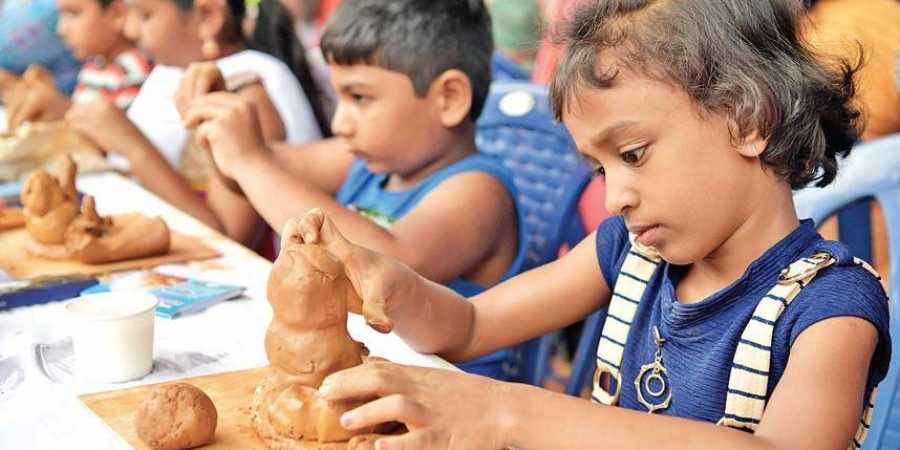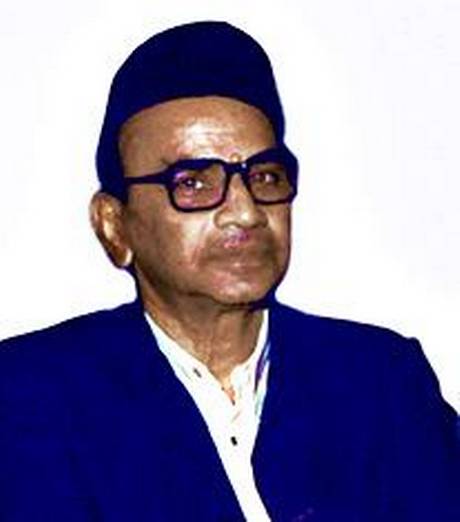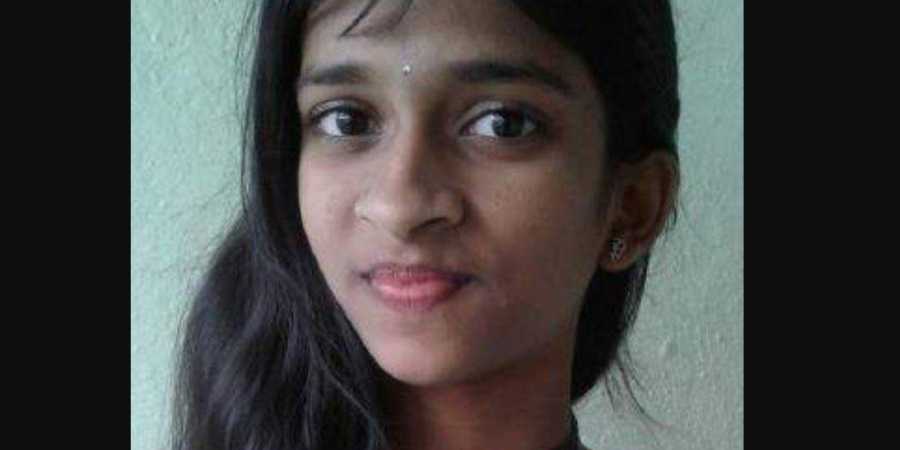
The period between 1900 to 1940, is a golden era of all-round development of Bengaluru as well as Mysore Province, mainly due to the vision and dedicated efforts of the magnificent trio, The Maharaja Krishnaraja Wadiyar IV, Sir M. Visvesvaraya (Sir M.V.) and Sir Mirza Ismail. Under the patronage of the Maharaja, Sir M.V. made Bengaluru a prominent centre for industry, trade and commerce while Sir Mirza made the city beautiful.
Dr. DVG who had seen Sir MV from very close quarters takes us through various incidents and anecdotes painting a competent picture of him, a role model for the subsequent generations, particularly for the administrators. Writer Masti Venkatesha Iyengar, edited an excellent volume on Sir M.V. containing contributions of stalwarts of various walks of life. Both in English and Kannada, there are several books published on the life and achievements of ‘The Father of Modern Mysore State’, ‘The Architect of Neo Bangalore’ and ‘The Mahatma of Industrial India’.

ir MV was born in Muddenahalli, a village about sixty kilometres away from Bangalore. He was brought to the city by his uncle, H. Ramaiah. After completing his early education in Weslyian Mission School, he joined Central College. He was very much liked by the college principal Charles Waters. He had given his personal copy of Webster’s Dictionary appreciating his pupil’s principles.
Recognizing his brilliance, Dewan Rangacharlu sanctioned scholarship to take up engineering course in Poona. After completing the studies, Sir MV joined Mumbai Government as an Assistant Engineer. Various projects entrusted to him were successfully done and he was very widely known for his engineering skills. He became a member of Experts Committee of Mumbai University and also started the Deccan Club in Poona. He had close links with the great national leaders like Gopal Krishna Gokhale, Mahadeva Govinda Ranade, Balagangadhara Tilak, Balakrishna V. Agaskar and others.

After the retirement from his service in Mumbai he went for a study tour of Europe. After coming back, on an invitation from the Nizam of Hyderabad he went there to Control the overflow of the river Musi and also built Hussain Sagar and Himayat Sagar, Two huge and well-known lakes to store water. He also made a comprehensive plan for the systematic development of Hyderabad City.
In 1909, while Sir M.V. was in Hyderabad, Dewan T. Ananada Rao, the Dewan of Mysore, conveyed to him that the Maharaja was eager to avail his services for the progress of the state. Sir MV, accepted offer and he was made the Chief Engineer of the state on November 15, 1909. During his three years tenure the State made a remarkable surge in the fields of Agriculture and Industries. The greatest achievement of Sir MV as Chief Engineer was Krishna Rajasagar Dam across the river Kaveri, near Mysore city.
His sincerity, dedication commitment and systematic style of functioning had impressed the Maharaja so much that soon after the retirement of Dewan T. Ananda Rao, Sir M.V. was made the Dewan of the Province in 1912. He was the first person who, as per the tradition was not drawn from the revenue and executive services of the state. Though, many eyebrows were raised due to this, The Maharaja was firm and his visionary decision paid enormous results.
Between 1912 and 1918, Bangalore witnessed a galore of century celebrations of many prestigious institutions like State Bank of Mysore, Kannada Sahitya Parishat, Agricultural University, Century Club, Government Soap Factory, FKCCI, UVCE. Sir MV has played a major role in starting these and many more such centers in the City. All these institutions have not only pushed the city towards progress, but also have been role models for some other states to take up similar ventures.

The saga of the journey of all these institutions through a century, are full of scintillating anecdotes, incidences and experiences which form an integral part of the history of Bangalore. State Bank of Mysore is one such remarkable financial institution of the city. The Industry and Commerce committee of the Economic Conference organization of Sir M.V. decided to start a Bank under the Patronage of Mysore Government and the Maharaja of Mysore. Thus, started the Bank of Mysore Ltd, Bangalore on October 2, 1913. Sir K.P. Puttanna Chetty was the first president, while W.C. Rose, a well-known name in the Banking Sector, was made the first Manager. The Bank started in a humble shed like structure situated at the junction of Kempegowda Road and Avenue Road. But, within a decade, the bank was too well-known and the quantum of the transactions heavily increased. To accommodate the fast growing institution it was decided in 1921 to have a bigger structure by the side of the older one. The new stone building completed in 1923 is a very interesting two storied heritage stone structure of the City. Its elevation is a mixture of European Classical and Indian elements.
Inside the building is a small shrine with a graceful white idol of Mahalakshmi, the Goddess of Wealth. It is believed that since the time of idol’s installation not only the bank has prospered well, even the surrounding area has become a very rich central business district. The Bank, after successfully running for 25 years celebrated the Silver Jubilee on December 2, 1938.
On March 1, 1960, the Bank was merged with the State Bank of India. The Bank of Mysore Ltd came to be known as State Bank of Mysore.
In 2015 a collection of my articles on the history of SBM was compiled and published under the title State Bank Hejje Gururtugalu by the Kannada Balaga to commemorate its silver anniversary and 90th year of the bank.
To be continued…
sureshmoona@gmail.com
source: http://www.thehindu.com/ The Hindu / Home> News> Cities> Bengaluru – Bringing Back Bengaluru / by Suresh Moona / August 22nd, 2019













